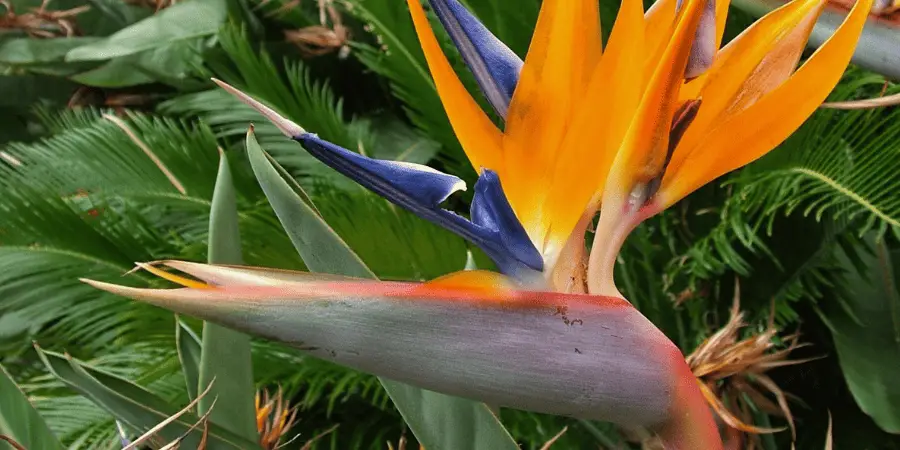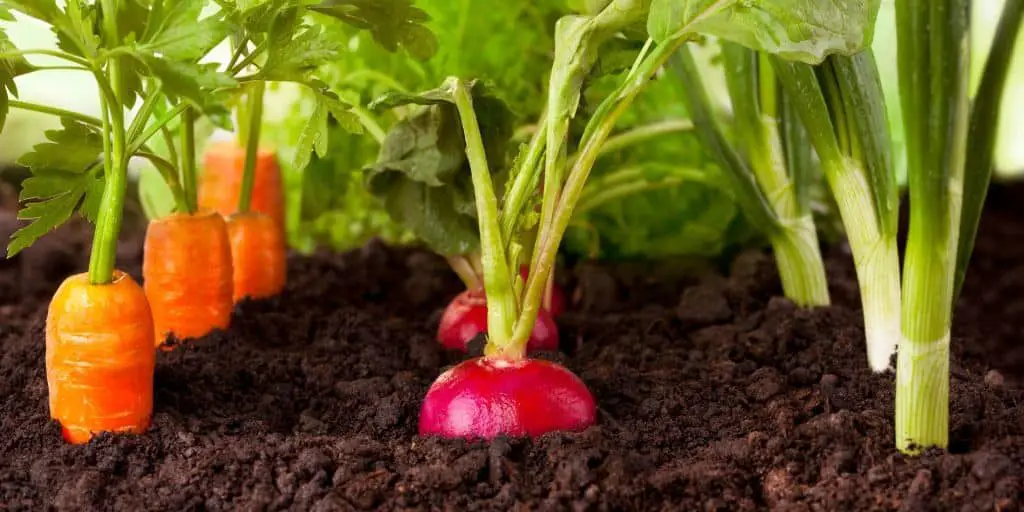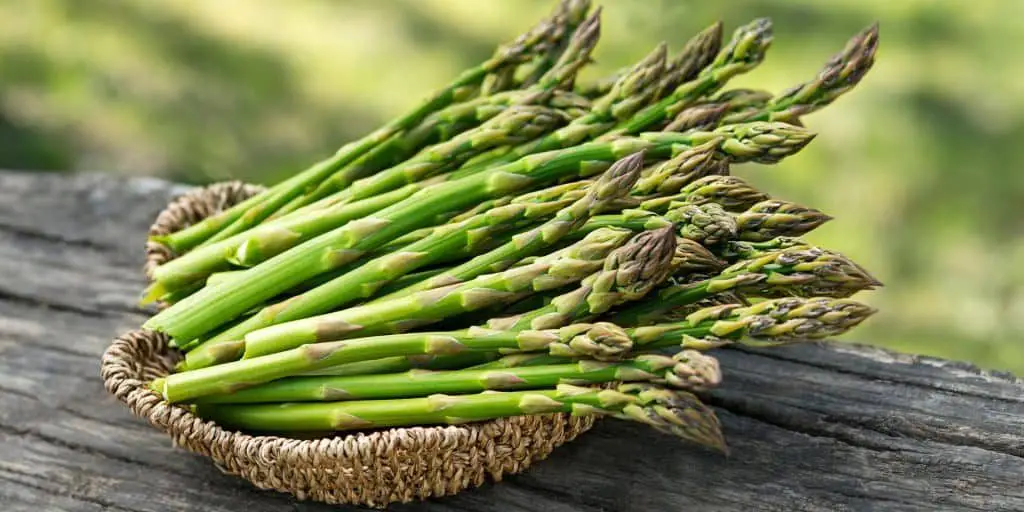
Integrated Pest Management: How to Deal With Bug Infestations in Your Garden
There’s nothing worse than a sudden explosion in your garden’s “bad bug” population. It’s tempting to break out the big guns right away and run to the local store for a heavy-duty pesticide, but before you do, think about using Integrated Pest Management, or IPM, instead.
In practice, IPM is unlike “standard” pest control in that it combines cultural, chemical, physical, and biological tools, careful monitoring of infested sites, plus in-depth knowledge of the specific pest and its biology. The three main goals of IPM practices are, according to the USDA, to:
- prevent unacceptable levels of pest damage;
- minimize the risk to people, property, infrastructure, natural resources, and the environment; and
- reduce the evolution of pest resistance to pesticides and other pest management practices.
IPM can help you better control pest populations in your garden, without having to introduce high levels of chemical pesticides into your home environment.
This article will focus on insect infestations in the garden, but IPM principles are also highly effective for weed control too!
What is Integrated Pest Management (IPM)?
Image Credit: Entomological Society of America
IPM is “a sustainable approach to managing pests by combining biological, cultural, physical, and chemical tools in a way that minimizes economic, health, and environmental risks (7 U.S.C. § 136r).” Federal organizations must use IPM in their own pest control measures, and promote it in their regulations.
IPM combines cultural, chemical, physical, and biological tools in order to more effectively reduce pest populations, without harming the environment or beneficial insect populations. In federal and agricultural settings, careful record-keeping and site monitoring is also an important component, in order to observe the effectiveness of ongoing control measures as well as to collect data for further research into IPM methods and strategies.
Conventional pesticides are a viable option within the IPM framework, but only after other controls have been tried and ruled out, and they are always applied at specific times–depending on the pest in question–in order to have the greatest impact on the population in question. This really reduces the use of unnecessary and/or ineffective pesticides.
So how does a federally-mandated pest control schema have anything to do with home gardens?
Integrated Pest Management in the Garden
If you’ve ever had a hatch of squash bugs in your garden, you know the feeling of helplessness–with that many bugs, where do you even start? For home gardeners, IPM provides a practical step-by-step framework to effectively dealing with pests like squash bugs as well as endemic weeds.
Step One: Identification and Evaluation
The first step in IPM is the most important one: identify the pest.
Why is this so important? Because until you know exactly what kind of critter you’re dealing with, you’ll only be guessing at how to control it.
Different deterrents and pesticides or herbicides work on different insects or weeds–it’s not a one-size-fits-all situation. If you apply a pesticide without knowing that it’s the right one for your pest, it could have no effect at all and could even adversely affect your garden environment.
Your local cooperative extension can help you positively identify a pest, evaluate damage, and recommend controls both chemical and physical. It helps to capture clear images of both the pest, as well as the damage they cause to the leaves, roots, or trunk of the damaged plants.
What if the bugs eating your garden only come out at night? In that case, it can be really hard to even see the pest, let alone get a picture. However, a sticky trap will capture anything that walks across it, even at nighttime. Place a cordon of sticky traps around the plants that the pests feast on, and you’ll be sure to trap at least one!
Step Two: Cultural Controls
Image Credit: López-Uribe Lab
Cultural controls are methods that modify the garden environment to make it less of a welcoming habitat for pests.
Cultural controls come into play more in the preparation stage of gardening–they are still useful after you have identified a pest problem, but they are most effective at preventing an infestation, not necessarily resolving one.
Cultural controls are pretty common sense, such as:
- Keep compost piles and trash cans away from garden beds
- Remove debris piles where insects can shelter in summer
- Remove standing water where larvae can hatch
- Grow pest-resistant plants
- Use crop rotation
- Optimize plant health–good watering, fertilizing, pruning, harvesting practices
Step Three: Physical Controls
If the pest population is low enough, you can often use physical controls to knock down their populations instead of chemical ones. This is often easier, less expensive, and safer than chemical use.
- Spray plants with water to dislodge pests (repeat daily for a week for best results)
- Use diatomaceous earth to kill soft-bodied insects and larvae
- Use row cover or screening to keep pests off plants
- Set insect traps
- Prune out insect nests or destroy eggs
Step Four: Biological Controls
How do you biologically control a pest? By introducing predator species, or natural enemies, that naturally target and consume the pest species. This part of IPM is only possible after a positive pest identification is achieved!
There are two categories to IPM biological control: conservation and augmentative.
In conservation biological control, the aim is to create a garden habitat that attracts and reserves natural enemies. You can do this by providing needed resources such as water, nesting sites, and alternative prey. According to the Xerxes Society for Invertebrate Conservation, “This strategy is based upon ongoing research that now demonstrates a link between the conservation of natural habitat and reduced pest problems on farms.”
One of the simplest ways to achieve this is to have parts of your yard that are undisturbed habitat, where beneficial insects can find shade, water, prey, and shelter year-round. For example, instead of picking up all your leaf litter in fall, leave some where it lies–it’s actually shelter for overwintering beneficials like earthworms, ladybugs, predatory wasps, snakeflies, praying mantids, and lacewings.
Augmentative biological control is the active introduction of natural enemies into a garden. Many gardeners already do this with ladybugs or lady beetles, which are the natural enemies of aphids. However, there are other natural enemies that eat more than just aphids and also tend to stick around longer, such as:
Lady bug larvae
Lacewings, adults and larvae
Praying mantids
Mites
Parasitic wasps
Nematodes
In both these types of biological control, it is important to avoid using any pesticides that may also kill the natural enemies.
You can purchase natural enemies at many garden stores, as well as these online sources:
Step Five: Chemical Controls
When all other options have been explored, then IPM turns to pesticides and chemical controls.
However, pesticide application will be most effective if it is properly timed–some pests, for example, can be killed when they are young before they grow hard exoskeletons. Others will be more affected by systemics instead of contact killers, and vice versa.
You should also research the different pesticides available to kill your pest, and choose those that are less likely to also kill natural enemies and beneficials, and those that will not persist as long in the environment. This is another place where your local cooperative extension can really help you to make the best choice!
Your personal safety is also important when it comes to chemical controls: always read the directions in their entirety, and use any personal protective equipment that is appropriate, like gloves, eye protection, and face masks to avoid inhalation. Always wash hands well after applying a pesticide, since you can absorb it through the skin.
More IPM Resources on the Web:
Environmental Protection Agency: Integrated Pest Management Principles and Introduction to Integrated Pest Management
The Xerces Society for Invertebrate Conservation
Our Water, Our World – helpful lists of less-toxic pesticides products





